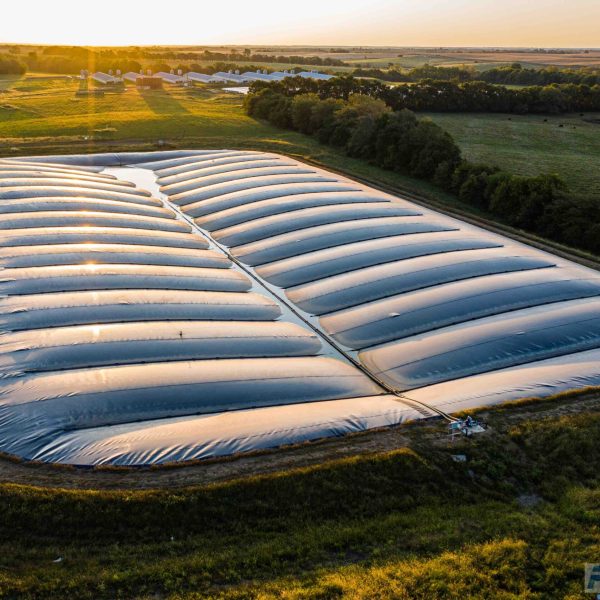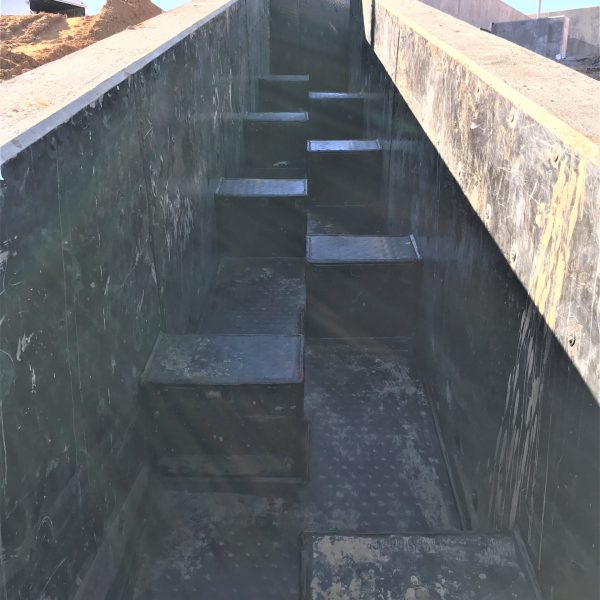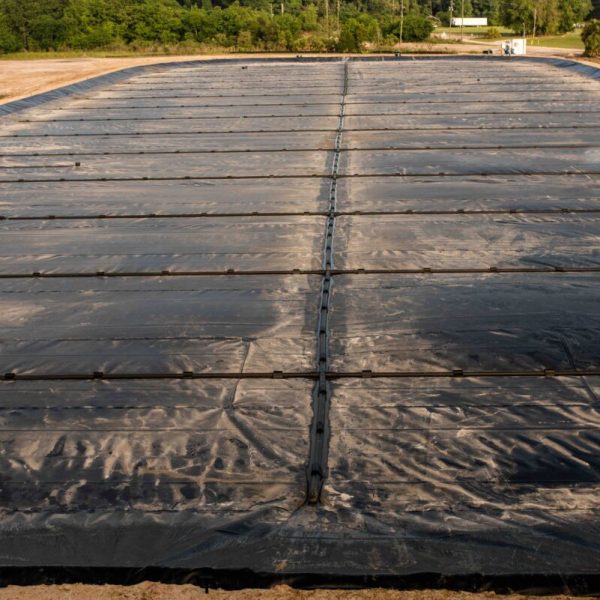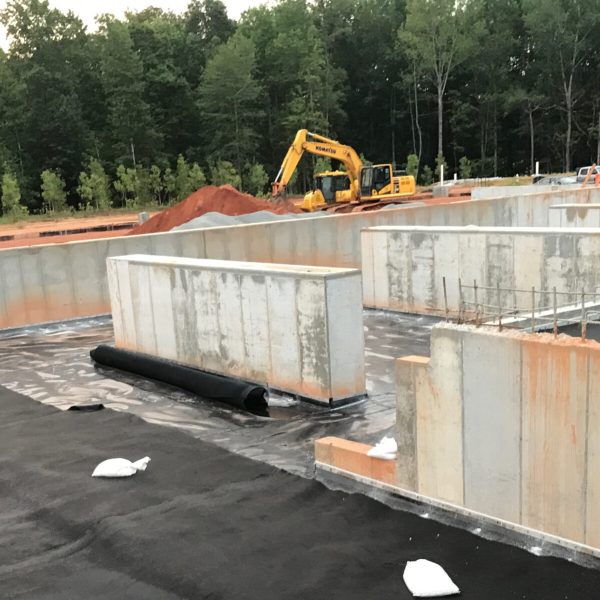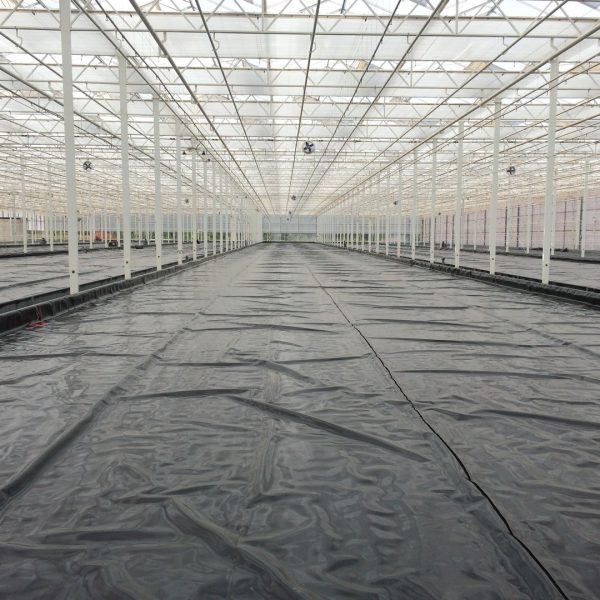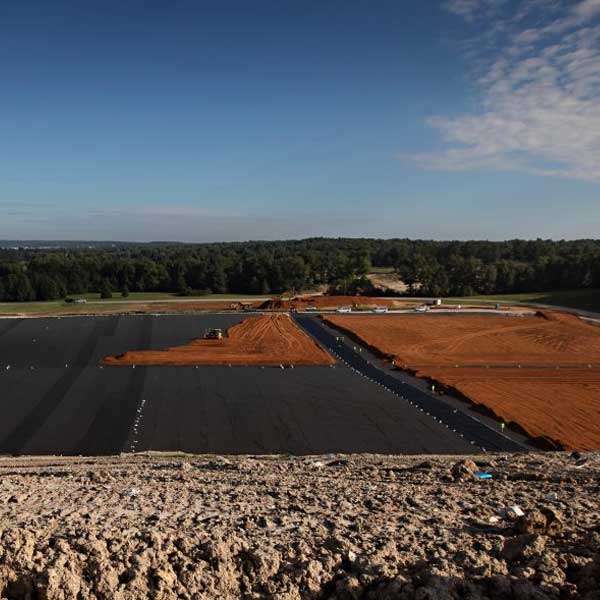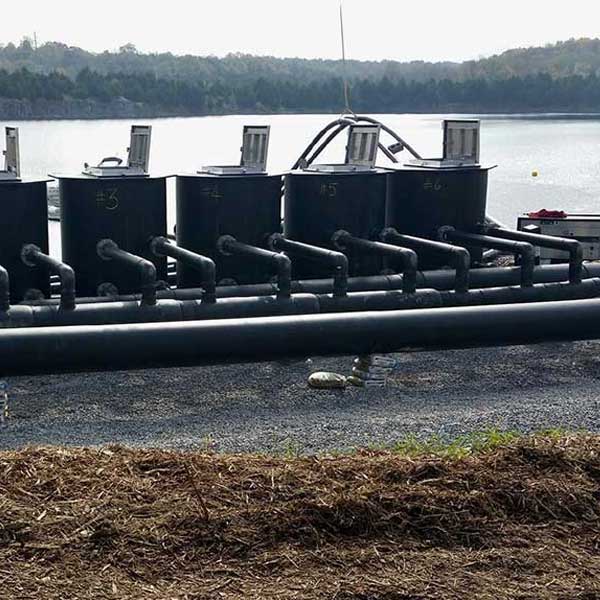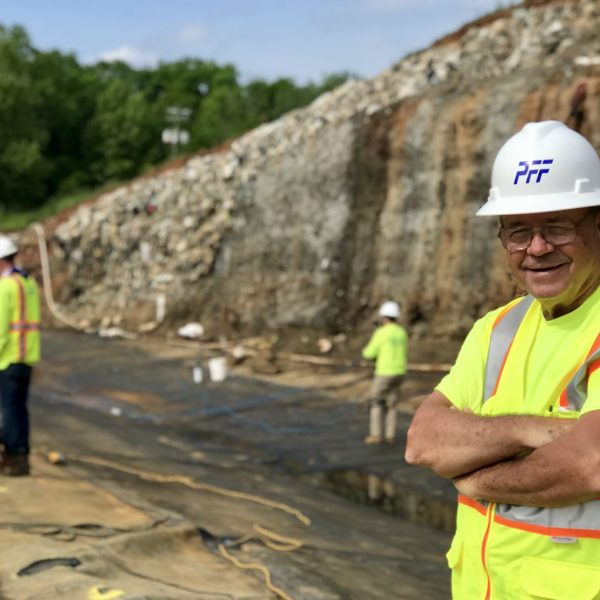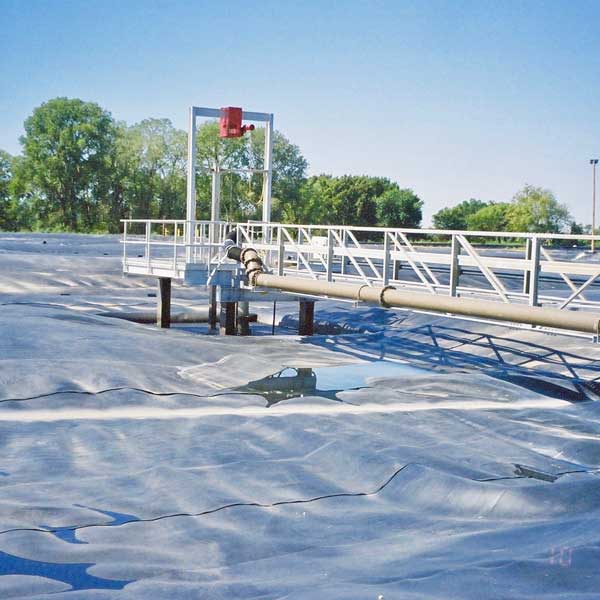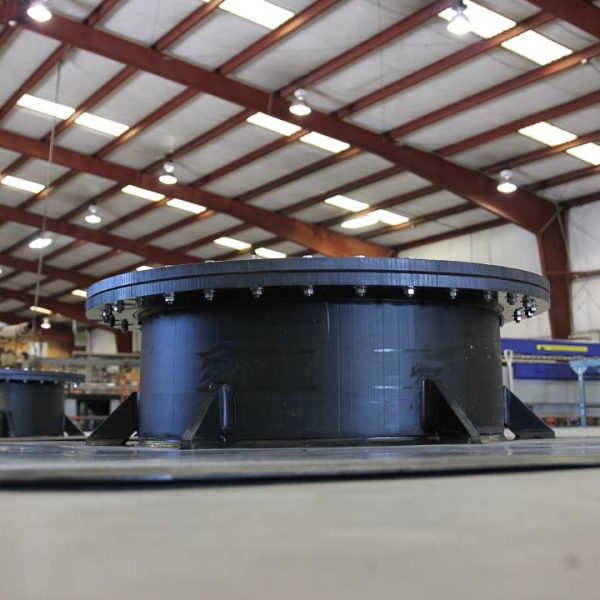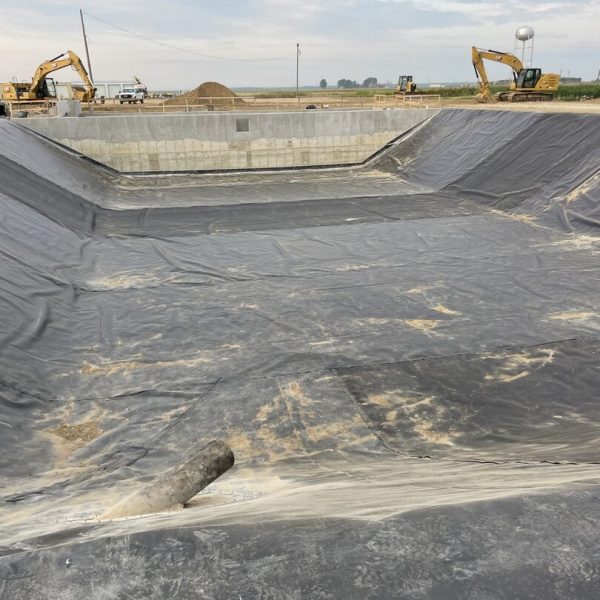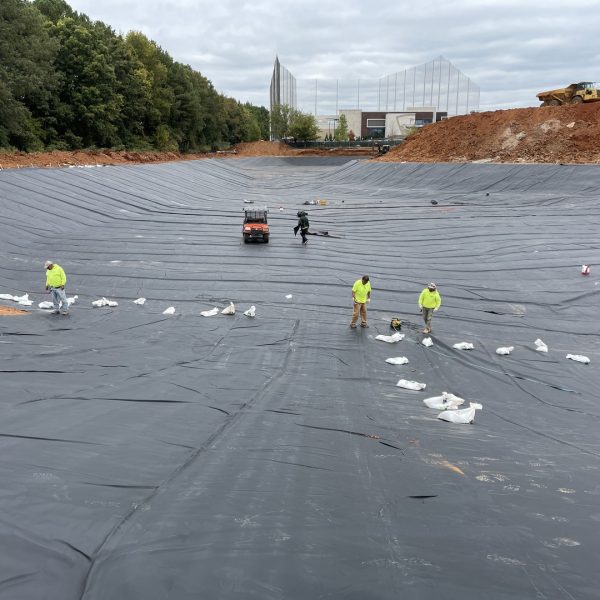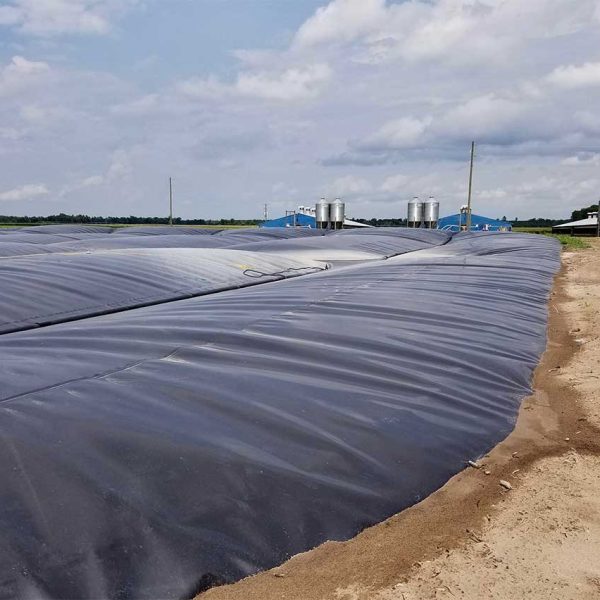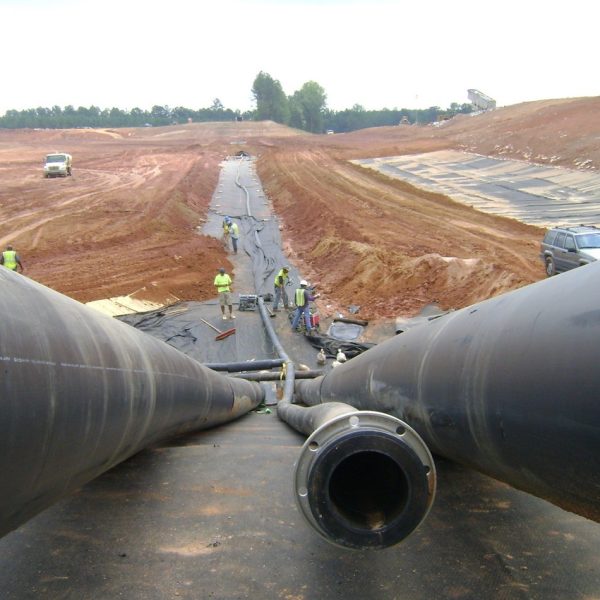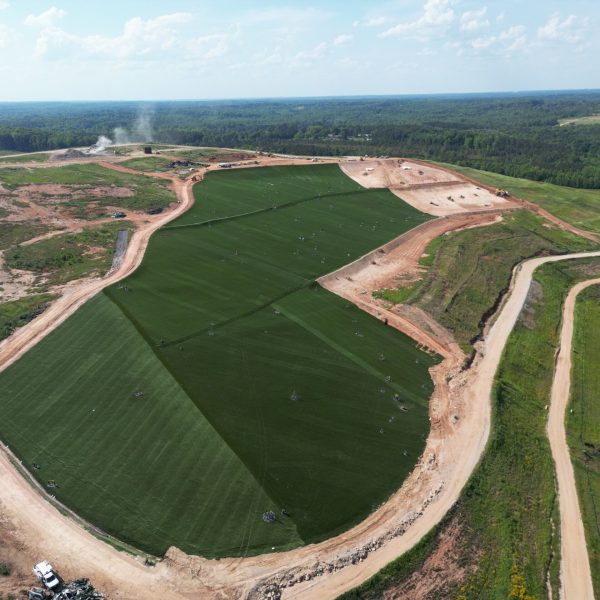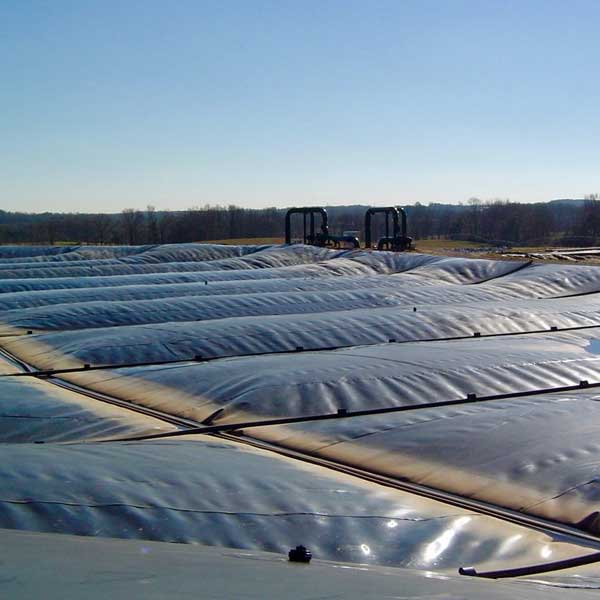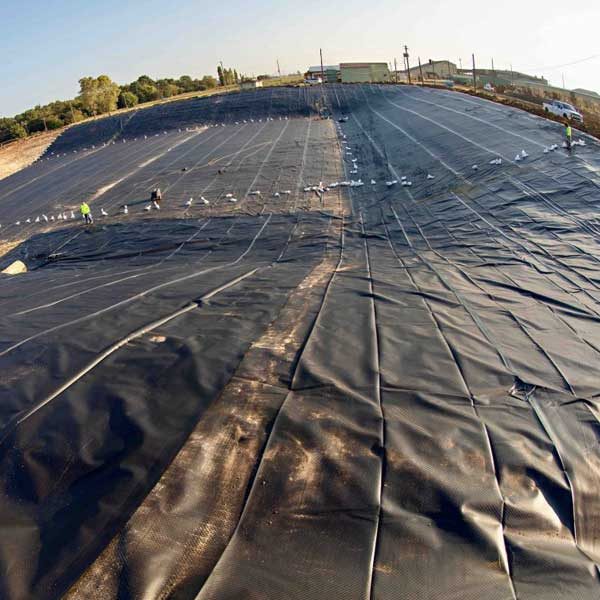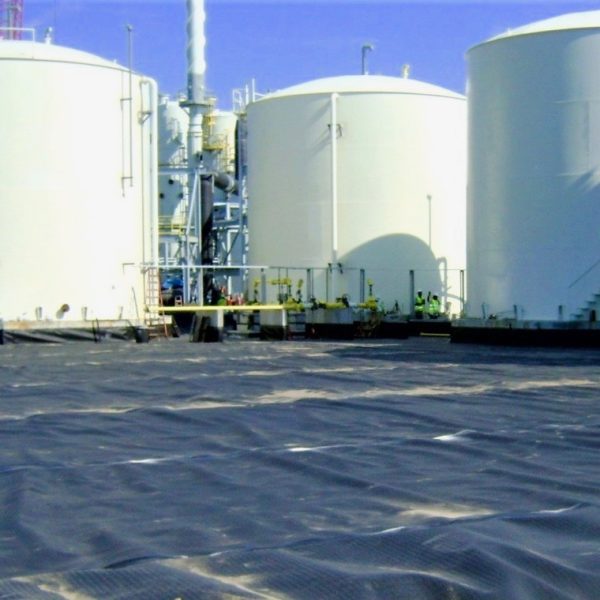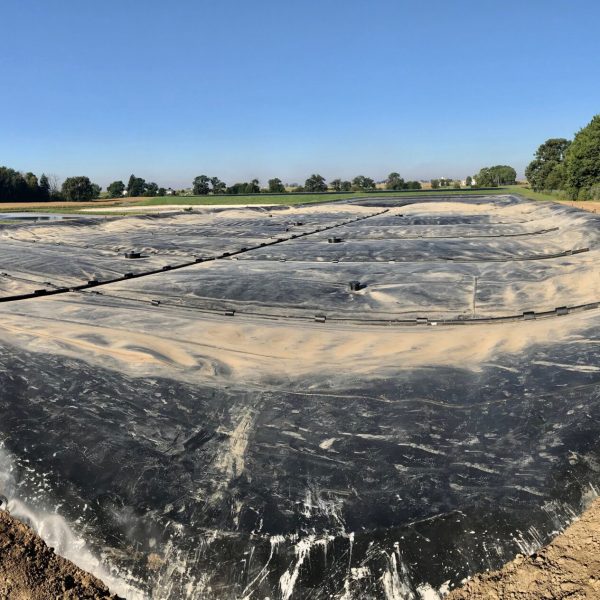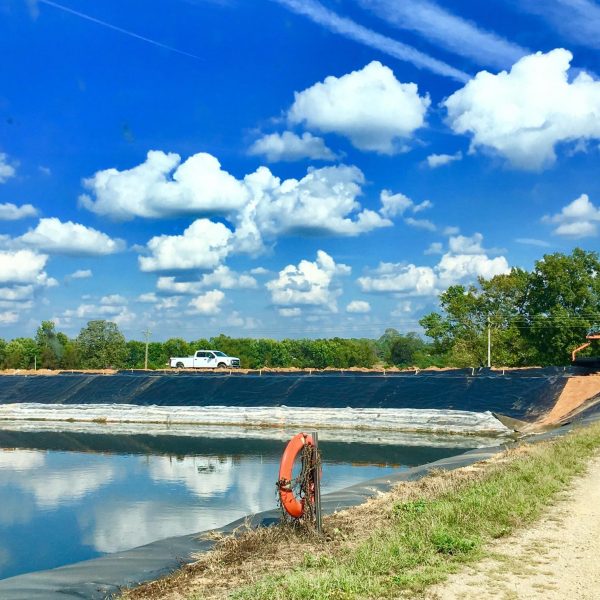Dairy Digester Liner Installer
CONTACT NOW FOR FREE CONSULTATION
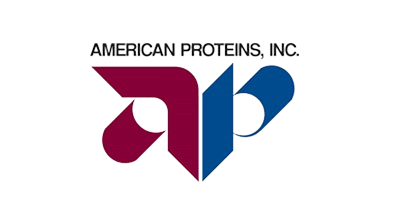
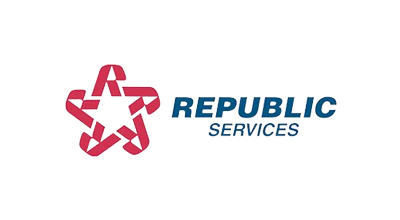
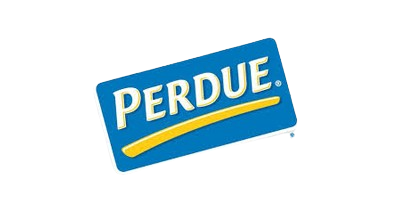
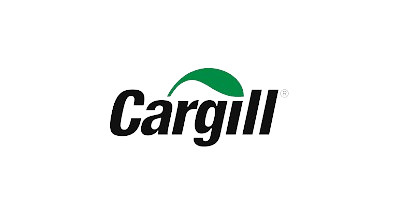
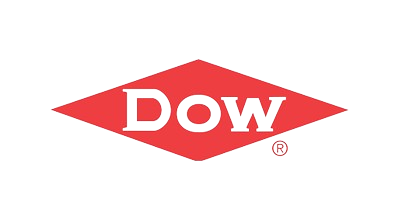
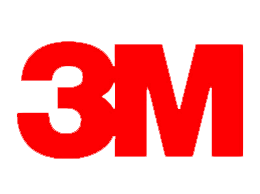
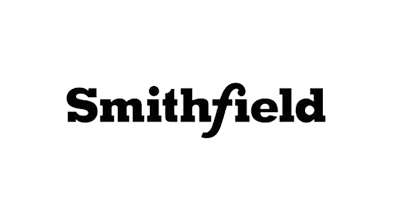

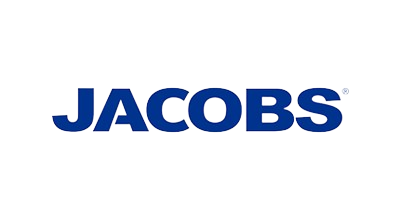
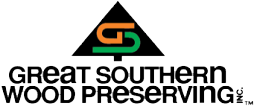
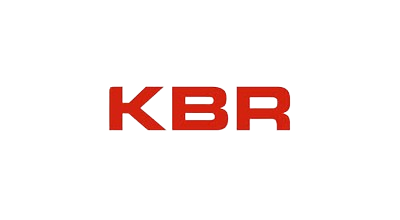
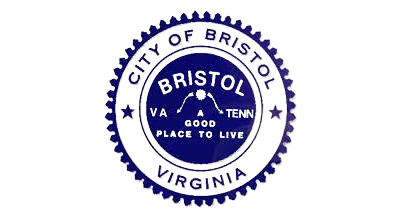
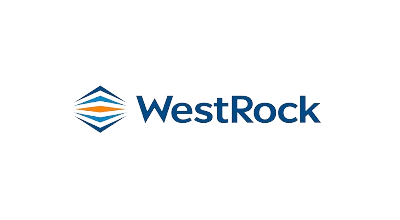
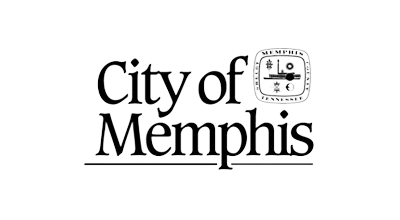
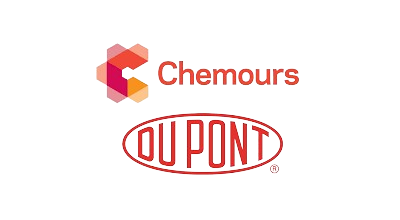
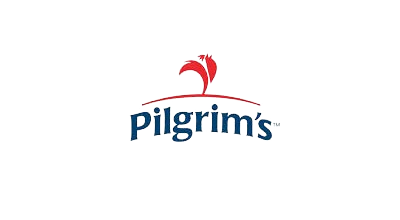

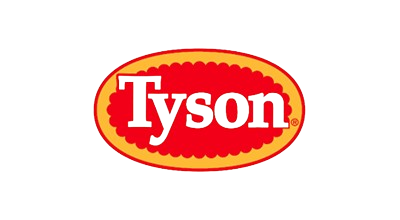
Concrete Protective Liners
Plastic Fusion is a leader in the installation of concrete protective liners in industrial tanks and storage facilities, wastewater treatment tanks, and chemical processing plants.
Anaerobic Digester Covers
We design and install HDPE cover systems for anaerobic digesters and are a pioneer in anaerobic digester lagoons for biogas collection and conversion to Renewable Natural Gas (RNG).
Piping Systems
Our custom fabricated piping systems meet even the toughest handling requirements. Materials offer long-term chemical resistance and environmental containment.
Liner Systems
Plastic Fusion has been installing geosynthetic containment systems for more than 40 years.
Dairy Liners Installer
Dairy liners are crucial for managing waste produced by dairy farms, providing a protective barrier that prevents contamination of the surrounding soil and groundwater. These liners, typically made from durable and impermeable materials like High-Density Polyethylene (HDPE) or Geosynthetic Clay Liners (GCLs), ensure that waste products such as manure and wastewater are securely contained. Proper installation, including site preparation and seam welding, is essential for their effectiveness. By using these liners, dairy farms can maintain environmental protection, comply with regulations, and prevent pollution. Plastic Fusion specializes in lining dairy farm waste containment areas, delivering high-quality solutions that enhance the integrity and efficiency of waste management systems.
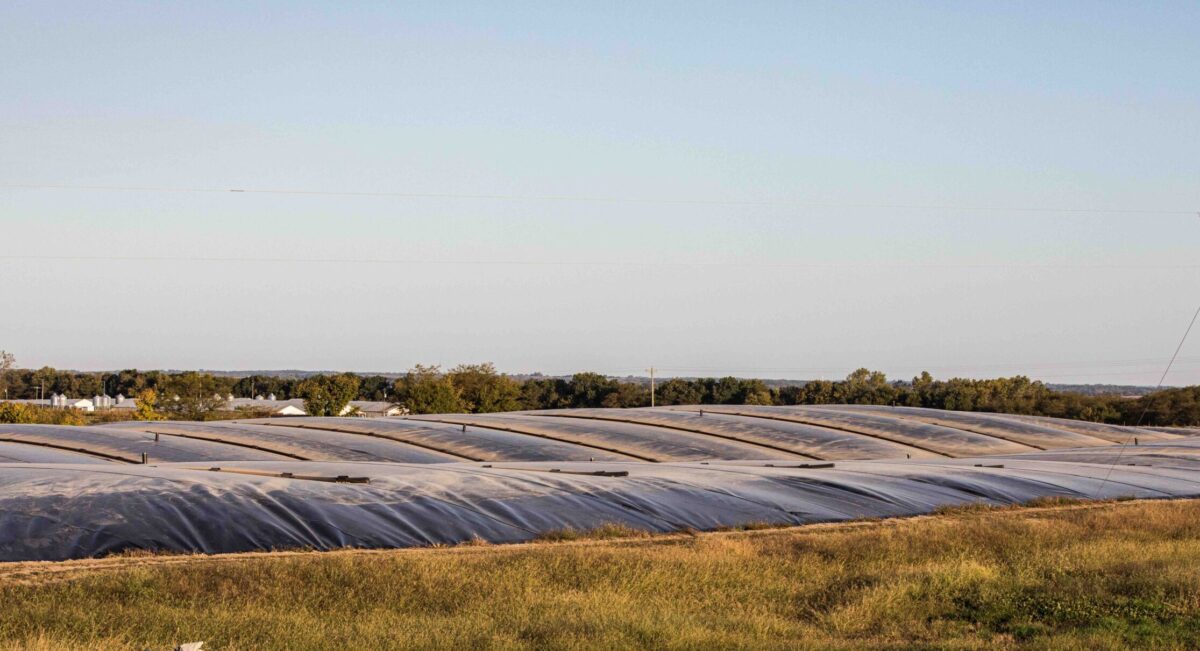
Read more
What Are Dairy Liners?
Dairy liners are specialized liners used in dairy farms to line lagoons, ponds, or storage areas where manure and other agricultural waste are stored. These liners help contain waste and prevent leakage, ensuring environmental safety and compliance with agricultural regulations.Why Are Industrial Dairy Liners Important?
Industrial dairy liners are essential for large-scale dairy operations as they prevent waste from contaminating surrounding soil and groundwater. These liners are made from durable, impervious materials and are designed to handle the high-volume waste produced by industrial dairy farms, ensuring environmental protection and operational efficiency.What Are the Benefits of Using Dairy Liners?
Dairy liners help protect the environment by containing manure, wastewater, and other agricultural byproducts, preventing them from seeping into the soil or groundwater. By using these liners, dairy farms can manage waste more efficiently, reduce the risk of contamination, and comply with environmental regulations.How Do Industrial Dairy Liners Support Waste Management?
Industrial dairy liners are crucial in managing waste by providing a reliable barrier to contain large volumes of waste generated by dairy operations. They are designed to withstand the stresses of industrial-scale waste storage, offering durability and long-lasting protection against leakage and environmental pollution.How Do Dairy Lagoon Liners Work?
Dairy lagoon liners are installed in lagoons where manure and wastewater are stored. These liners create a barrier that prevents waste from leaching into the surrounding soil and groundwater, protecting the environment from contamination.Why Are Dairy Wastewater Liners Essential?
Dairy wastewater liners are essential for containing the liquid waste generated by dairy farms. These liners help prevent wastewater from seeping into the soil and groundwater, reducing the risk of environmental contamination.How Are Dairy Effluent Liners Used?
Dairy effluent liners contain the liquid waste (effluent) dairy farms produce. They are essential in preventing effluent leakage into the surrounding land and water sources, protecting the environment from pollution.What Is a Dairy Farm Methane Digester?
A dairy farm methane digester is a system designed to break down manure and other organic waste from dairy farms in an anaerobic (oxygen-free) environment. This process produces biogas, primarily methane, which can be captured and used as a renewable energy source. The digester also generates nutrient-rich byproducts that can be used as fertilizer, making it an environmentally friendly solution for managing dairy waste.How Does a Dairy Farm Methane Digester Work?
A dairy farm methane digester works by placing manure and other organic farm waste into a sealed, oxygen-free tank or lagoon. An anaerobic bacteria break down the organic material inside the digester, producing methane and other gases. The methane can then be collected, processed, and used to generate electricity and heat or upgraded into renewable natural gas. The remaining material, digestate, can be used as a natural fertilizer.Benefits of a Dairy Farm Methane Digester
- Renewable Energy Production Methane produced by dairy digesters can generate electricity, heat, or fuel, reducing the farm’s reliance on fossil fuels and providing a sustainable energy source.
- Waste Management Dairy farm methane digesters provide an efficient solution for managing manure and other organic waste. They reduce the amount of waste that needs to be disposed of and transform it into useful resources.
- Reduction of Greenhouse Gas Emissions Methane is a potent greenhouse gas. By capturing and using the methane produced by manure, digesters help reduce the amount of methane released into the atmosphere, mitigating the environmental impact of dairy farming.
- Nutrient-Rich Fertilizer The byproduct of the digestion process, known as digestate, is rich in nutrients and can be used as an organic fertilizer on the farm, reducing the need for chemical fertilizers.
- Odor Control Anaerobic digesters help reduce odors associated with manure storage and handling, improving air quality on the farm and in surrounding areas.
How Can Dairy Farms Use Methane Produced by Digesters?
Dairy farms can use the methane produced by their digesters in several ways:- Electricity Generation: Methane can be used in generators to produce electricity for farm operations or sold back to the grid.
- Heat Production: The biogas can be used in boilers or combined heat and power (CHP) systems to produce heat for buildings, milk processing, or water heating.
- Upgrading to Renewable Natural Gas (RNG): The methane can be purified and upgraded into renewable natural gas, injected into natural gas pipelines or used as vehicle fuel.
Why Are Dairy Farm Methane Digesters Important for Sustainability?
Methane digesters are key in promoting sustainability in dairy farming by converting waste into renewable energy, reducing greenhouse gas emissions, and producing organic fertilizers. They help farms become more energy self-sufficient while minimizing their environmental footprint. This aligns with global efforts to reduce the environmental impact of agriculture and promotes a circular economy approach by turning waste into valuable resources.How to Capture Methane Gas from Cows
Capturing methane gas from cows involves collecting the methane produced during digestion, known as enteric fermentation, and converting it into biogas. Two main methods include:- Methane Digesters (Anaerobic Digesters): Manure from cows is collected and processed in an anaerobic digester. The digester breaks down the manure, releasing methane, which can be captured and used as biogas for energy production.
- Methane-Reducing Feed Additives: New technologies are emerging that reduce methane emissions directly from cows by altering their digestion process through the use of specialized feed additives. While this doesn’t capture methane, it significantly reduces emissions at the source.
What is a Dairy Farm Digester
A dairy farm digester is an anaerobic digester specifically designed to process manure from dairy cows. Dairy farms produce large amounts of organic waste, which can be transformed into biogas through the digestion process.How Dairy Farm Digesters Work:
- Manure Collection: Manure from cows is collected and transported to the digester.
- Anaerobic Digestion: In the digester, bacteria break down the manure in an oxygen-free environment, producing biogas, primarily methane.
- Biogas Capture: The biogas is captured and can be used for electricity generation, heating, or upgraded into renewable natural gas.
- Byproducts: The digested material (digestate) is rich in nutrients and can be used as an organic fertilizer, reducing the need for chemical fertilizers on the farm.
Types of Digesters Suitable for Small Farms:
- Plug-Flow Digesters:
- Common for dairy farms with solid manure.
- Designed for steady, daily input of manure, moving through a horizontal tank.
- Simple design and maintenance, suitable for smaller operations.
- Complete Mix Digesters:
- Best for liquid manure (e.g., from hog or poultry farms).
- Uses a large tank where manure is stirred and digested evenly.
- Requires more complex equipment but handles a wider range of waste types.
- Covered Lagoon Digesters:
- Suitable for farms with liquid manure, especially in warmer climates.
- Manure is stored in a lagoon covered with a flexible, gas-tight cover to capture biogas.
- Less costly but requires more space and is less efficient in colder regions.

